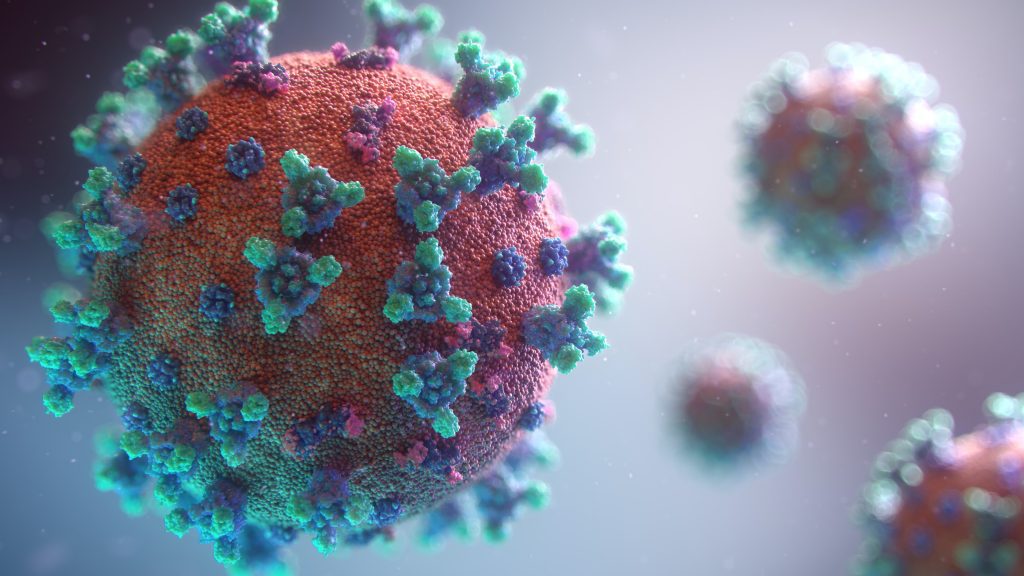August 14, 2020 by Carol Britton Meyer
In his weekly COVID-19 update to the Selectmen last night, Town Administrator Tom Mayo reported that under the Massachusetts Department of Public Health's new four-color system of categorizing the average daily test rate in the state's 351 communities over a two-week period, Hingham is in the white zone.
This means that the town had fewer than five total new COVID-19 cases over the most recent 14-day period ending Aug. 12. The COVID-19 total case count for Hingham to date is 291.
"Being in the white zone puts Hingham in a good position. As of Wednesday, there has been a slight downtick in the number of COVID-19 cases, which is good news," according to Mayo. "That said, it doesn't take much to move into another category. An uptick of even eight new cases could move us into the yellow zone."
That's one of many reasons for residents and businesses to remain vigilant. "We're asking everyone to continue to follow the guidelines regarding social distancing and wearing face coverings," he said.
The other three categories are:
* Red -- highest risk
* Yellow -- moderate risk
* Green -- low risk
Under Gov. Charlie's most recent COVID-19 order, a cross-agency COVID Enforcement and Intervention Team will be responsible for ramping up enforcement statewide -- in cooperation with local intervention -- in higher-risk communities.
The order also calls for targeted interventions and inspections by a range of agencies, with increased enforcement -- including potential fines -- to ensure businesses and residents are aware of and following COVID-19 orders.
As of Aug. 12, the COVID-19 case count in neighboring Hull was 62, including 11 new cases in the last 14 days. This moved Hull into the "red zone," or the highest-risk category, from its earlier "yellow" designation.
Hull town officials suspected that the COVID-19 crisis was exacerbated by overcrowding and a lack of social distancing at Nantasket Beach, and in response to concerns expressed to the governor, the Department of Conservation & Recreation agreed to reduce the beach parking capacity, which in turn is expected to shrink the crowd size and allow for greater ease in social distancing.
This means that about 48 percent of the DCR street and parking lot spaces, or 575 of a total of 1,200, will be available.


